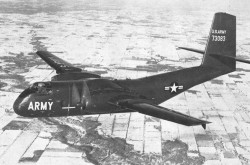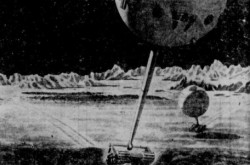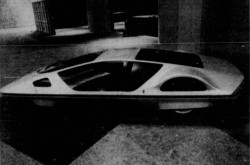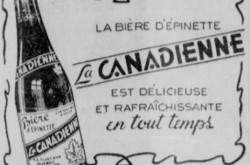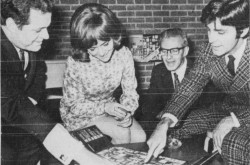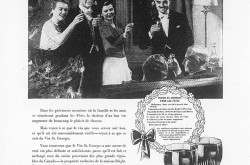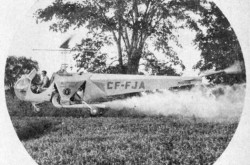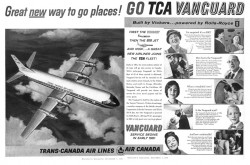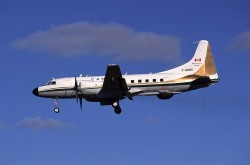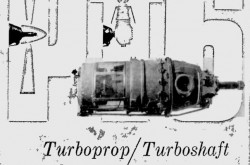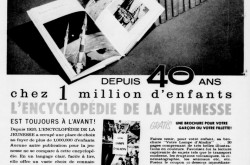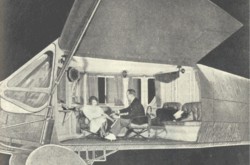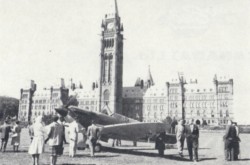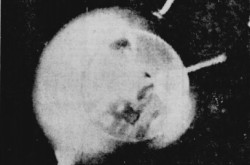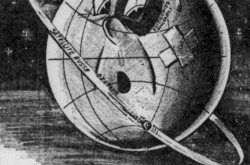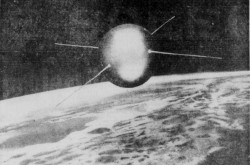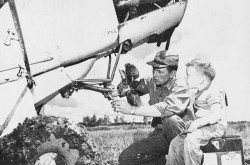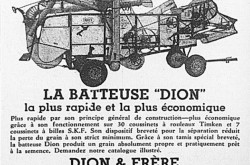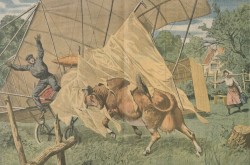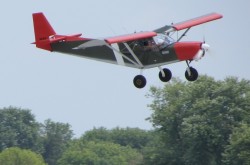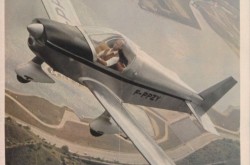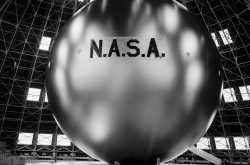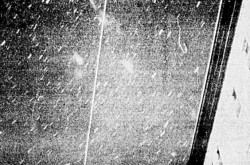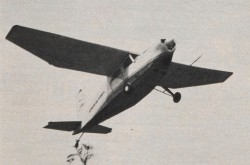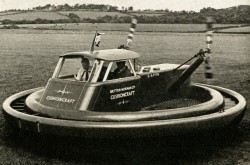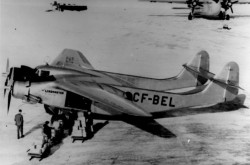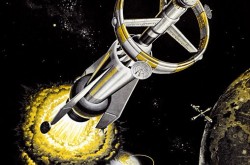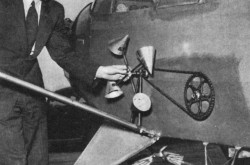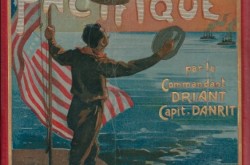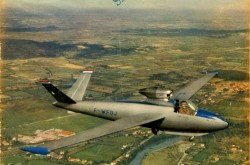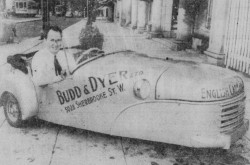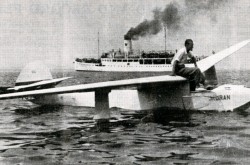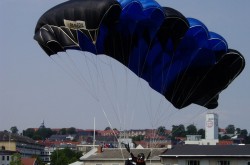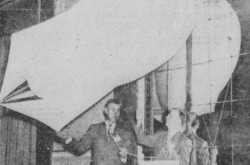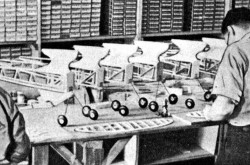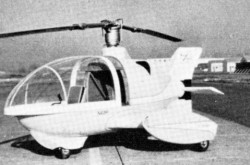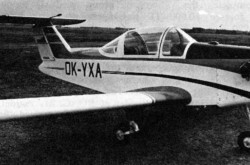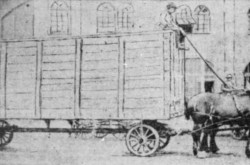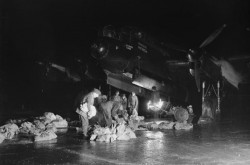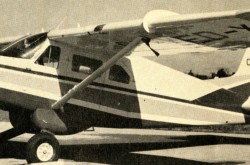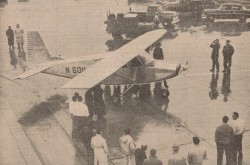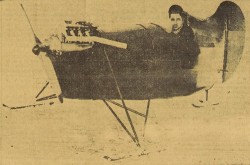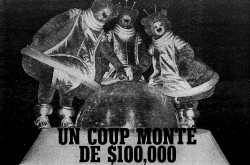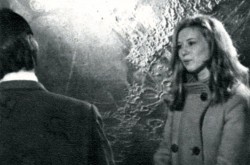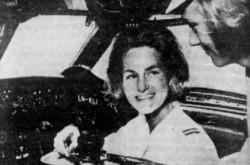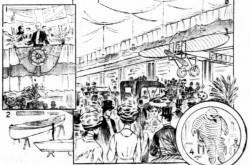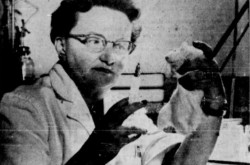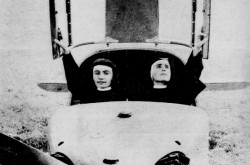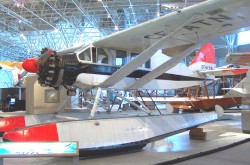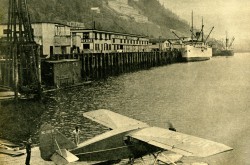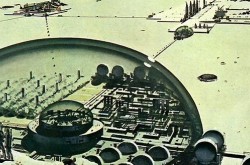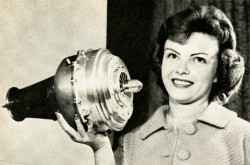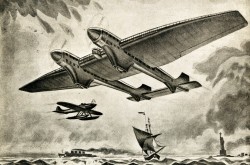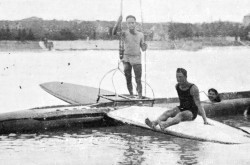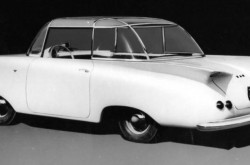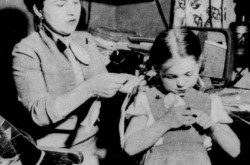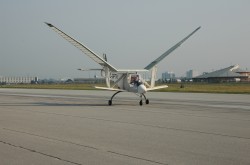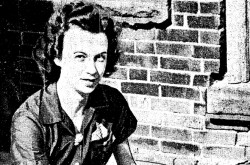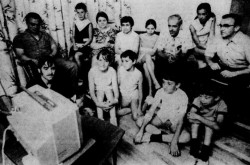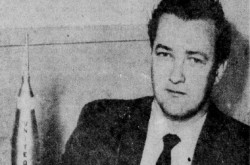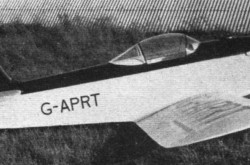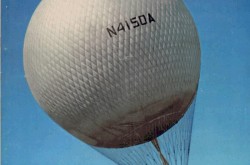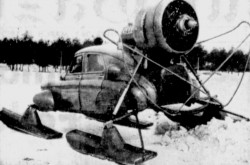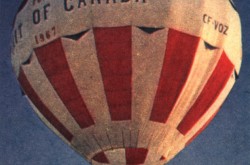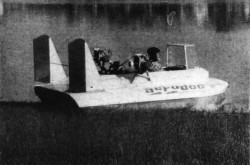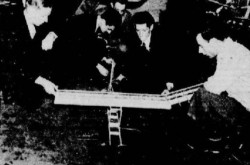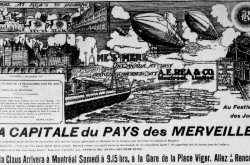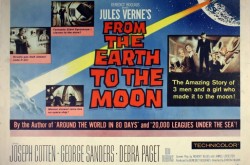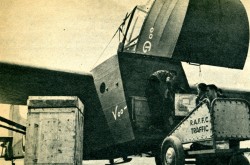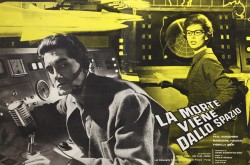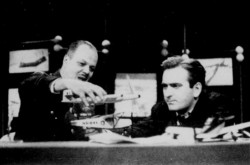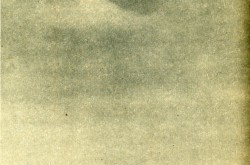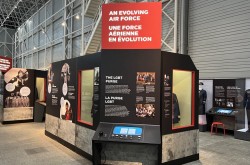It was fulgur, fulgur, fulgur, fulgurable

Good day, my reading friend. How are you? Good, good, I’m delighted. Me too. Aware of the fact that, for some, there is more to life than airplanes, yes, yes, I know, I’m blabbering nonsense, but let’s not dwell, yours truly, say I, agrees to present you a subject that strays somewhat from the range of work of my employer, the Canada Aviation and Space Museum, in Ottawa, Ontario – one of the most interesting institutions of its kind in North America, if not the world. You smile, my reading friend? It is nonetheless true, said museum is among the best of its kind, but back to our topic of the week.
I stumbled upon it as I explored, machete in hand, the paper jungle made up of the thousands of issues of La Patrie, a Montréal, Québec daily, which became a weekly towards the end of its life. Said issue came out on 1 March 1959. You are impatient to read the caption that accompanied our photograph of the week, aren’t you? I will not make you wait any longer:
The saucer of the year 2000. SIMCA automatic prototype. Radius: 5,000 kilometres. Reactor, radar and gyroscope.
A somewhat cryptic, but very interesting text, isn’t it?
The saga of this saucer of the year 2000 began well before the dawn of the 3rd millennium. It originated from an initiative of the management of a very popular Belgian illustrated weekly for children and teenagers, Tintin. In 1958, it invited a French automobile manufacturer to imagine a vehicle that could drive on the roads of the world in 1980. The management of the Société industrielle de mécanique et carrosserie automobile (SIMCA) being more concerned in practical terms by down to earth considerations, Tintin’s request was politely rejected out of hand. Its most important designers refused to be involved in what they considered to be a wacky / crazy project. Please note that Tintin’s management may have contacted other (French? European?) automobile manufacturers.
A young designer, Robert Opron, mentioned this request to one of his neighbours, while the 2 men had a drink. Pierre Guérin, an astronomer and astrophysicist at the Observatoire de Paris, implored Opron to convince his superiors of the importance of this request. Tintin, he said, was a publication both well known and read by many adults. During their conversation, Opron and Guérin wondered if the year 2000 would not be a more appropriate date for the automobile project that interested the management of Tintin.
Does the word SIMCA ring a bell, my reading friend? No? That’s a shame. This company was born in the early 1930s at a time when significant tariffs were imposed on automobiles imported into France in order to promote the national automotive industry. Fabbrica Italiana Automobili Torino Società Anónima (FIAT) decided to circumvent these irritants by assembling / manufacturing cars in France, via a subsidiary, the Société anonyme française des automobiles FIAT. This firm changed name around 1934, to become SIMCA.
The strategy employed by FIAT was certainly not original. Interested in the metal structure of the Reid Rambler light / private airplane and, more importantly, anxious to acquire a foothold in Canada to circumvent the customs duties imposed on non-British aircraft imported into the country, the American giant Curtiss Airplane & Motor Company took control of Reid Aircraft Company Limited of Cartierville, Québec, in the fall of 1928. Curtiss-Reid Aircraft Company Limited was established in December. In May 1929, a well-known American company, Boeing Aircraft Company, took control of an existing firm, a small shipyard, if you must know, Hoffar-Beeching Shipyards Limited of Vancouver, British Columbia, and incorporated Boeing Aircraft of Canada Limited.
Another renowned American aircraft manufacturer, Fairchild Aircraft Corporation, founded Fairchild Aircraft Limited in Longueuil, Québec, in May 1929. The management of the American company Consolidated Aircraft Corporation had the same customs duties in mind when it created Fleet Aircraft of Canada Limited at Fort Erie, Ontario, around March 1930.
Other American aircraft manufacturers, and not the least, were also considering establishing production or assembly facilities in Canada around 1929-30. Let us mention Bellanca Aircraft Corporation, Fokker Aircraft Corporation of America, General Aircraft Corporation, Granville Brothers Aircraft Incorporated, Stinson Aircraft Corporation and Travel Air Company. A German company, Junkers Flugzeugwerke Aktiengesellschaft, was also thinking about establishing a facility in Canada. The economic crisis that followed the stock market crash of October 1929 quickly brought these projects to a close, but let’s get back to our subject.
SIMCA grew in importance in the 1950s. This company became the second largest automobile manufacturer in France. This success raised many desires. In 1958, Chrysler Corporation acquired a minority stake in SIMCA. This American automobile giant became the North American distributor of SIMCA automobiles. And yes, Chrysler was mentioned in January and February 2019 issues of our blog / bulletin / thingee. Please accept my apologies for the many times I will provide you with such reminders. Ours is an interconnected world.
Does the name Opron ring a bell? No? Again, it’s a shame. Known for cars he designed in France and Italy between the 1960s and 1980s, Opron was among the 25 nominees for a 1999 American competition to choose the Car Designer of the Century.
Born in France in February 1932, Opron landed his first job in 1952. This automobile and aviation enthusiast was then designer for a sugar factory that processed sugar beets. It should be noted that Opron started flying and aerobatics in the 1950s.
In 1954, he joined the staff of the Société nationale de constructions aéronautiques du Nord (SNCAN). Opron contributed to the development of the cockpit of the Nord 2501 Noratlas.
If I may be permitted a short, yes, yes, short, digression, the twin boom configuration of this very successful military transport aircraft, tested in September 1949, drew on that of the Fairchild C-119 Flying Boxcar, an equally successful aircraft used between 1952 and 1967 by the Royal Canadian Air Force (RCAF). A Flying Boxcar cockpit delighted, for many years, many young visitors of the National Aviation Museum, today’s Canada Aviation and Space Museum.
If I may digress further, the fact was / is that in the summer of 1948, the Department of National Defence wanted to modernize the equipment of the RCAF’s transport units. The chosen aircraft was, you guessed it, the aforementioned Flying Boxcar. Even better, this reliable and robust aircraft, tested in November 1947 and serving in the United States Air Force since 1949, was likely to be built in Canada by Canadair Limited of Cartierville, a subsidiary of Electric Boat Company, a major American manufacturer of submarines. The federal government hoped to sell a number of Flying Boxcars to the British air force, the Royal Air Force (RAF).
These hopes were disappointed. The British government had little money to spend on military transport aircraft and wanted to sign contracts with local aircraft manufacturers anyway. As a result, the Flying Boxcar production project in Canada fell under threat. The RCAF’s order, in fact, was not important enough to justify on its own the installation of an assembly line. The project quickly fell apart. And yes, my reading friend, Canadair has been mentioned many times in our blog / bulletin / thingee since October 2017. Sorry, I’m moving away from our topic.
A friend of Opron who knew the head of personnel of SIMCA helped him get a job in this company in 1957. Happy to work for one of the first, if not the first centre of automotive style in Europe, he nevertheless had to be satisfied with minor projects (logos, hubcaps, etc.). Back then, Opron laboured under the direction of a designer who had worked for Carrozzeria Pininfarina Società per Azioni, a world-renowned Italian automobile company mentioned in an October 2018 issue of our blog / bulletin / thingee.
In the days following his discussion with Guérin, Opron tried to convince SIMCA’s management to accept Tintin’s request. His arguments tipped the scales.
The year 2000 automobile Opron designed, with the help of at least one colleague, the Fulgur 2-seat concept car, looked a bit like a spaceship or a flying saucer – 2 modes of transportation well known in 1958. He asked for and got permission from SIMCA’ management, very impressed by his work, to make a proof of concept prototype of the Fulgur. Did I mention that Guérin was among the researchers who wanted the scientific community to deal more seriously and with less disdain with the issue of unidentified flying objects?
While it was true that the Fulgur was one of the very first European concept cars, it was equally true that Opron reinterpreted this supremely American idea in the light of European realities. His vehicle was of relatively small size, for example. As innovative as it was, the sober and tasteful architecture of the Fulgur had nothing to do with the flashy tinsel of American concept cars. Opron did not use any of the chrome contraptions (hubcaps, front grille, fins, bumpers, etc.) still quite (too?) popular in the United States. This being said (typed?), we definitely have to admit that the average Frenchwoman and Frenchman of 1958-59 must have been somewhat baffled by the appearance of Opron’s concept car.
Highly satisfied with the work done by Opron, Tintin publishes an illustrated article on the Fulgur in its 11 December 1958 issue. Better still, the weekly offered to its readers L’affaire ‘Fulgur’ within the confines of one of its comic strips, a relatively ephemeral one it must be admitted, Les aventures de l’agent ‘P.60.’ This story appeared in 13 issues of the magazine, between January and April 1959.
Officially presented to the public at motor shows held in Paris and Geneva, Switzerland, in 1959, the proof of concept prototype hit like a bomb. The technical sheet that accompanied it included a list of very impressive innovations which, it was believed, would eventually become common.
The spacious cabin of the Fulgur, for example, was both soundproofed and air-conditioned. Its anti-reflective plastic bubble helped to avoid any greenhouse effect. It also offered excellent visibility to the driver. Inspired by the lounge chair of American designers Charles Ormond Eames, Junior, and Bernice Alexandra “Ray” Kaiser Eames, a famous piece if there was one, designed in 1956, the super comfortable seats with variable flexibility and built-in headrest of the Fulgur could rotate to facilitate access to the vehicle.
An onboard electronic brain / computer capable of responding to voice commands controlled the Fulgur. Its main tool was a dual radar that constantly monitored the road. The computer stopped the vehicle if an obstacle was detected, without any human intervention. In fact, the Fulgur could transport the people who sat in it from point A to point B without them having to lift a pinkie – or an index finger. Did I forget to mention that the Fulgur’s steering wheel was very similar to that of an aircraft? In fact, the Fulgur was controlled by a control tower when it ran on a highway. The dashboard of the vehicle, dominated by a radar screen, was a model of purity and ergonomics.
When traveling on a highway, Fulgur received the electrical energy it needed through cables integrated into the roadway. When traveling on secondary roads, the vehicle’s electricity supply came from 6 fuel cells that allowed it to travel 5 000 kilometres (3 100 miles) without having to stop at a service station. The 2 electric motors of the Fulgur were in its rear wheels. An adaptive electromagnetic suspension with constant trim provided unparalleled comfort. It was of crucial importance considering that the Fulgur could, it was said, reach almost 300 kilometres / hour (185 miles / hour) on a highway.
Did you know that a team from the Québec state company Hydro-Québec led by Pierre Couture developed a motor wheel in 1994? The subject of promises during the election campaign in September of that year, this apparently very promising technology was abandoned in August 1995, to the chagrin of many commentators – and Couture, who resigned immediately. It should be noted that the new government elected in 1994 was headed by Jacques Parizeau, a gentleman mentioned in a December 2018 issue of our blog / bulletin / thingee.
And no, Hydro-Québec’s motor wheel was not the first of its kind. Ferdinand Anton Porsche designed an electric motor wheel in 1899, for example. And yes, my reading friend, the company that bore / bears the name of this automotive giant, Doktor-Ingenieur Honoris Causa F. Porsche Aktiengesellschaft, was mentioned in an August 2017 issue of our blog / bulletin / thingee.
You have a question? What is a fuel cell, say ye? A fuel cell, say I, is an electrochemical energy generator. In other words, it is a device for converting the chemical energy of a fuel, hydrogen for example, into electrical energy. And yes, my reading friend fascinated by space exploration, the National Aeronautics and Space Administration used fuel cells to provide the electricity needed by the spacecraft of the Apollo programme. In fact, this world-renowned organization, which was mentioned more than once in our blog / bulletin / thingee since March 2018, pioneered the development of this technology, but I digress. Sorry.
When the Fulgur reached a speed of 150 kilometres / hour (just under 95 miles / hour), its 2 front steering wheels were retracted while 2 gyroscopes entered the scene to keep the vehicle balanced on its rear wheels. The V tail and its 2 rudders stabilized and directed the vehicle. It should be noted that the light produced by the Fulgur’s headlights was proportional to its speed.
Some suggested / suggest that the Fulgur’s V tail was inspired by the Air-Fouga / Potez Air-Fouga C.M.170 Magister jet trainer. Tested in July 1952, this elegant aircraft was one of the great success stories of the French aeronautical / aerospace industry in the 1950s and 1960s.
It should be noted that the founder of the Établissements Henry Potez Société anonyme à responsabilité limitée, Henry Potez, went to Montréal in June 1938. Then managing director of ... SNCAN, he had been thinking about creating a factory in Canada for a certain time. Fearing more and more the aggressive aims of national socialist Germany, the French government was trying to increase the size of its air force, the Armée de l’Air. The national aviation industry being somewhat anaemic, it tried to get aircraft in North America. In fact, the Potez project did not lack in ambition: Canada-France-United Kingdom joint financing and parallel manufacturing of bomber, fighter and transport aircraft. The businessman met many people. He even visited some factories in the Montréal area. Despite these efforts, Potez finally had to admit defeat. His hosts did not want to get involved; the project was too expensive, but let’s get back to our topic.
It goes without saying that the Fulgur shown at the Paris and Geneva motor shows did not include any of the innovations mentioned above. This being said (typed?), this plastic-covered metal tube chassis vehicle may, I repeat may, have been able to travel on a road, at a relatively slow speed.
As might be expected, the Fulgur was a hit with the public at various motor shows held between 1959 and 1961, or even later, in Boston, Massachusetts; Chicago, Illinois; Detroit, Michigan; Kansas City, Missouri; Miami, Florida; New York, New York; Philadelphia, Pennsylvania; Saint Petersburg, Florida; Washington, District of Columbia; etc. A source suggests that the French dream car was presented at a motor show held in Tokyo.
Did you know that the French vehicle participated in a spring festival organized in March 1960 by Chrysler and / or Chrysler Corporation of Canada Limited? This 4-day festival was held in Montréal at the Queen Elisabeth Hotel. People who went there could listen to music and watch a magic show.
Anxious to boost the publicity surrounding the Fulgur, in France, Europe and elsewhere, the management of SIMCA called on a gorgeous well known French couple, parachutist and model Colette Duval and automobile stuntman Gil Delamare, born Gilbert Yves Delamare de la Villenaise de Chenevarin. You will remember, my reading friend, that Duval was clearly visible in the photograph at the beginning of this article.
Duval discovered skydiving in 1951 when she was only 20 or 21 years old. In August 1955, she jumped from an aircraft flying at high altitude. Things went wrong. Duval narrowly escaped drowning and her record could not be approved because of the lack of precise data on the altitude of said aircraft, a Noratlas of the Armée de l’Air, it seems. In May 1956, in Brazil, she jumped from an aircraft flying even higher. The regulatory conditions were not met, and the world record of Duval could not be approved.
Duval abandoned skydiving at some indeterminate time, after a bad landing. She founded a fashion boutique, then a nightclub. Between 1958 and 1986, Duval also played in 10 films. She died in May 1988, at the age of 57.
And no, this young woman with an indomitable courage was not related to Quebecker Jacques Duval, an automobile journalist mentioned in August 2018 and February 2019 issues of our blog / bulletin / thingee.
Opron, on the other hand, was one of the employees laid off during the dissolution of the SIMCA style office, around 1960-61. The management, however, offered him a severance pay of 2 years. This included a non-competition clause prohibiting him from working for an automobile manufacturer for a certain time (2 years?). Opron therefore became a stylist for a company that designed and / or manufactured home appliances and bathroom equipment. This type of work was hardly fascinating, at least for Opron, and the latter soon found himself moping.
Around 1961-62, Opron came across an advertisement published in a major Parisian daily. A major unidentified company wanted to hire a designer. The Société anonyme André Citroën recognized Opron’s potential and hired him. His boss, Flaminio Bertoni, was one of the most important automobile designers of the 20th century. In fact, he was one of 25 nominees for the aforementioned competition known as Car Designer of the Century. Opron’s career gradually took off, but that’s another story.
May I mention that Chrysler acquired a majority stake in SIMCA in 1962? The company, renamed Chrysler France Limited Société anonyme around 1970, survived somehow for 15 or so years. A major French car manufacturer, Peugeot Société anonyme, bought it in 1978. Ironically, very serious financial problems caused FIAT Società per Azioni to take control of Chrysler in 2014. FIAT Chrysler Automobiles Naamloze Vennootschap was born.
Yours truly regrets having to tell you that the Fulgur was sent to the scrap heap at an indefinite date. A rather ephemeral vehicle, this concept car allowed SIMCA to resonate internationally. It also counted / counts among those that left traces in the history of the automobile. As we all know, most of the ideas put forward by Opron in the late 1950s are indeed relevant in 2019.
On an equally positive note, I wonder if the Fulgur may have inspired a fictitious vehicle that was a turning point in the career of a relatively important figure in the history of British television. It was indeed in 1961 that a very innovative series for children and teenagers made its appearance. The characters of Supercar were puppets born from the mind of Gerry Anderson, born Gerald Alexander Abrahams. The 39 episodes aired between January 1961 and April 1962 told the adventures of Mike Mercury, the pilot of Supercar, a supersonic vertical takeoff and landing aircraft based in the United States. Yours truly remembers seeing most episodes of Supercar, as the French version of the British series was called, during the 1960s.
Interestingly, Anderson performed his compulsory military service in the RAF, after the Second World War. He was assigned to at least one air traffic control unit. Hello, EG.
Would you believe that a Canadian comedian lent his voice to Mercury in the original version? Interestingly, or not, the choice is yours, Graydon Gould was one of the main characters in a well-known television series broadcasted in Canada between 1963 and 1965. Produced by a private Toronto company in association with the Canadian Broadcasting Corporation (CBC), The Forest Rangers was a co-production to which contributed Incorporated Television Company, a private British broadcaster owned by Associate British Pictures Corporation, a firm mentioned in a February 2019 issue of our blog / bulletin / thingee. If yours truly may be permitted a comment, I remember seeing a number of episodes of the French version of this show, during the 1960s or 1970s. I’m actually wondering if this version was not done in Québec.
The first Canadian television series produced in color, The Forest Rangers was / is one of CBC’s major commercial and quality success stories. Over the years, it has captivated viewers from more than 40 countries on all continents except Antarctica: Argentina, Australia, Canada, Egypt, Hungary, Jamaica, Kenya, Norway, Peru, Philippines, Portugal, Saudi Arabia, Uganda, United Kingdom, United States, etc., etc., etc. As you read these lines, my reading friend, at least one episode of The Forest Rangers is probably broadcasted somewhere in the world, but let’s go back to Anderson and his puppets.
This gentleman launched a new TV series, Fireball XL5, in October 1962. The last of the 39 episodes went on air in October 1963. The series related the adventures of the crew of the rocket XL5 of the World Space Patrol around 2062-63. Forging ahead, Anderson launched Stingray, the first British television series filmed entirely in color, in October 1964. The last of the 39 episodes went on air in June 1965. Stingray told the adventures of the crew of the submarine Stingray of the World Aquatic Security Patrol (WASP), around 2064-65. Yours truly remembers seeing a number of episodes of the French versions of Fireball XL5 and Stingray during the 1960s.
Did you know that the cast of Fireball XL5 and Stingray included Canadian comedians? Paul Maxwell and Don Mason lent their voices to the commanders of XL5 and Stingray. Lois Maxwell, born Lois Ruth Hooker, lent hers to an officer who was also the daughter of the commander of WASP. You will remember, or not, that this Canadian actress played a character both secondary and iconic of the most important series of feature films of the 20th and 21st centuries, Eve / Jane Moneypenny, executive assistant of the boss of the secret agent British James Bond, a well-known character mentioned in May and September 2018 issues of our blog / bulletin / thingee. Maxwell herself was mentioned in said September 2018 issue of our blog / bulletin / thingee.
Anderson launched Thunderbirds in September 1965. This television series, by far its most popular, was mentioned in a September 2018 issue of our blog / bulletin / thingee. And yes again, I remember seeing a number of episodes of the French version of this series during the 1960s. I actually wonder if the French versions of Fireball XL5, Stingray and Thunderbirds were not done out in Québec.
What are you saying, my reading friend? Was Tintin the illustrated weekly featuring the first adventures of Canadian fighter pilot Dan Cooper, a graphic novel hero mentioned in a September 2018 issue of our blog / bulletin / thingee? Yes, yes, you are right! Bravo! Please take a gold star in the top drawer, and … I said one. Thank you.
If you don’t mind, I will end this article without further ado. Have fun; moderation is for monks - and for the curatorial team of the Canada Aviation and Space Museum. Just kidding, EG. Just kidding.
The author of these lines wishes to thank all the people who provided information. Any mistake contained in this article is my fault, not theirs.


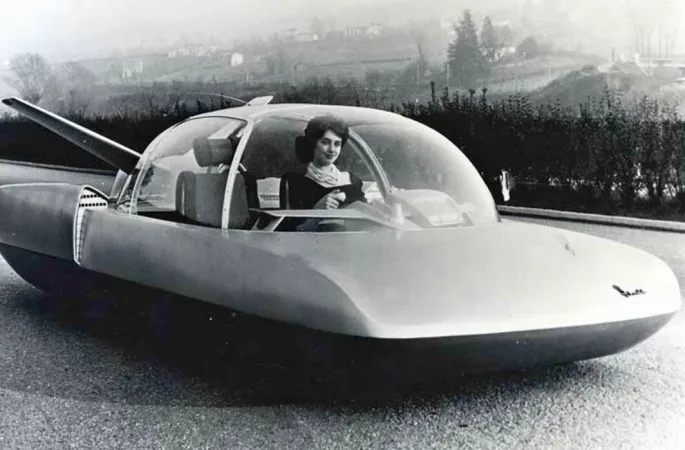


































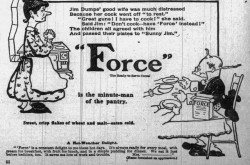
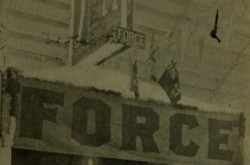
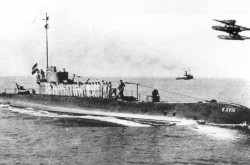
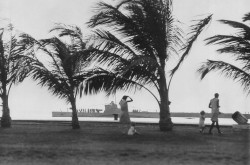
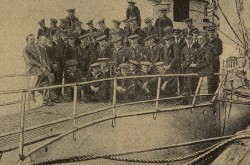
![A block of photographs showing some of the people involved in the bombing of beluga whales in the estuary and gulf of the St. Lawrence River. Anon., “La chasse aux marsouins [sic]. » Le Devoir, 15 August 1929, 6.](/sites/default/files/styles/thumbnail_7/public/2024-09/Le%20Devoir%2015%20aout%201929%20page%206.jpg?h=584f1d27&itok=TppdLItg)
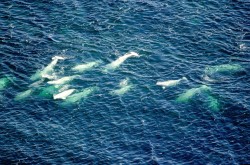
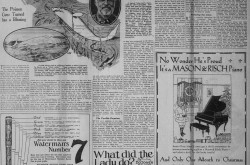

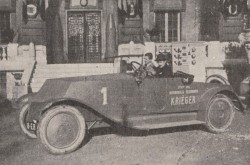
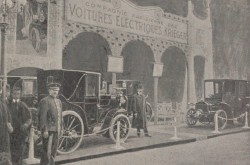
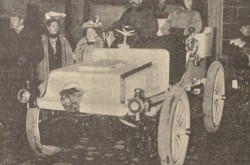
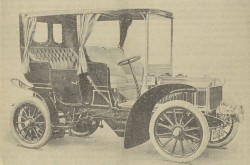

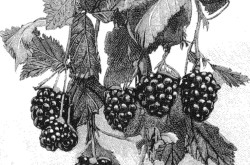
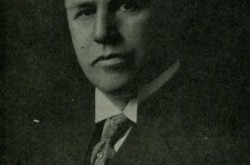
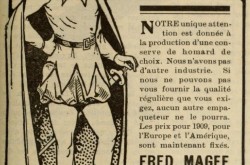
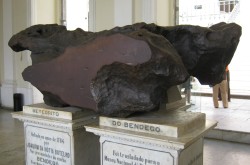
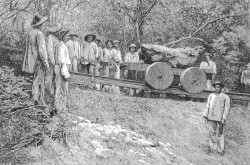
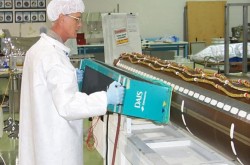

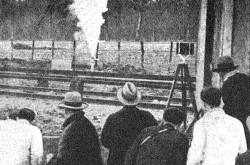
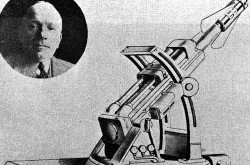
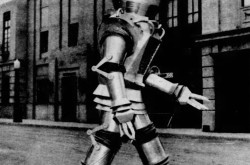

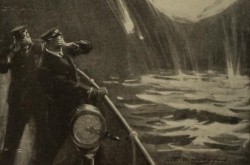
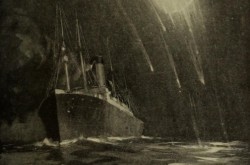
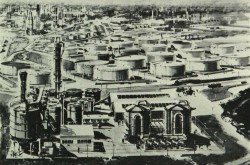

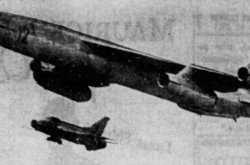
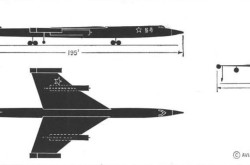
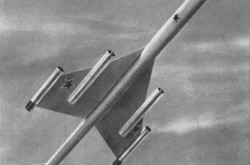
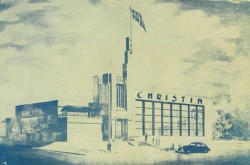
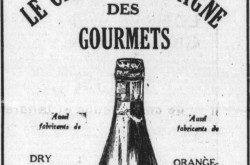
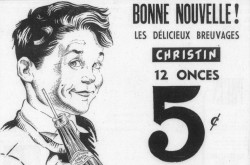
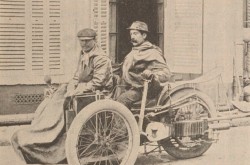
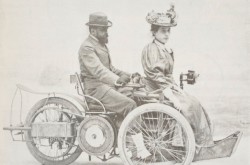
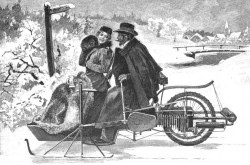
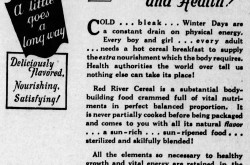

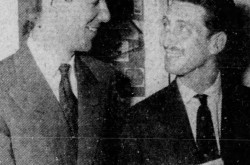
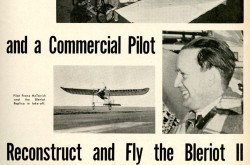
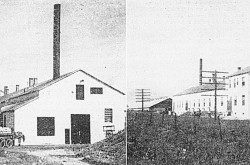
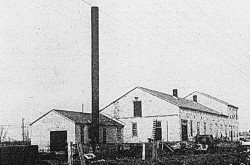



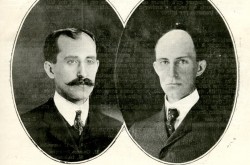

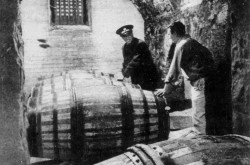
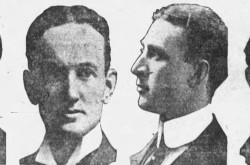
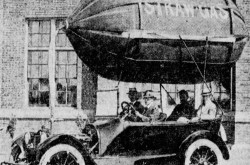
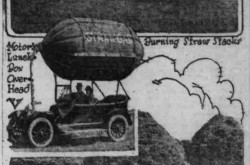
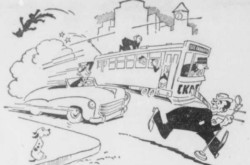

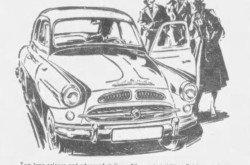
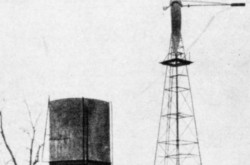
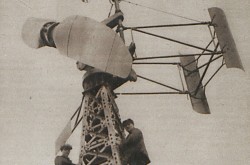
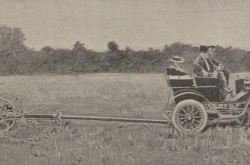

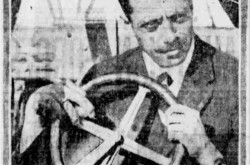
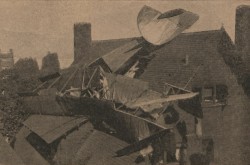
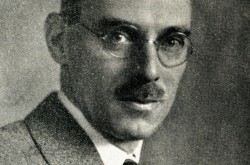
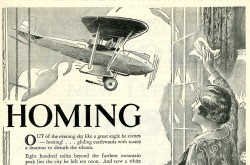
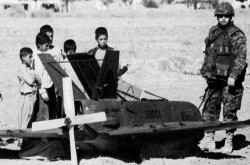
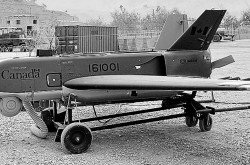
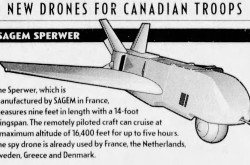
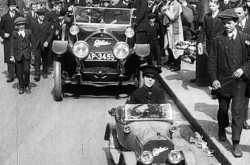
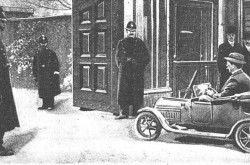
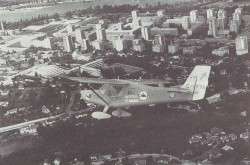
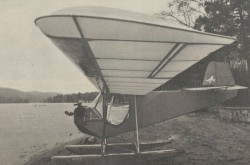

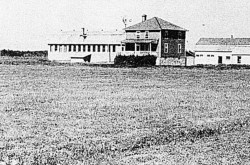
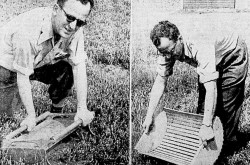
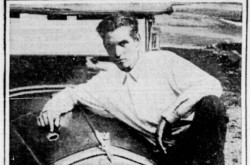
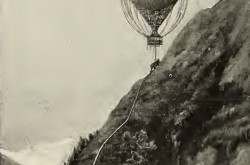
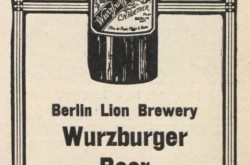

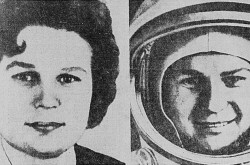
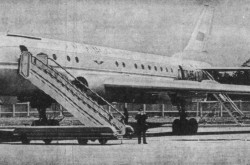
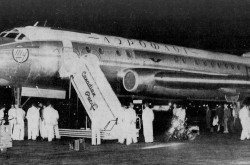
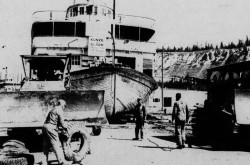
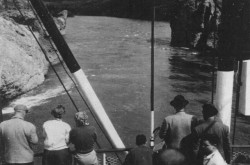
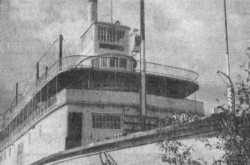
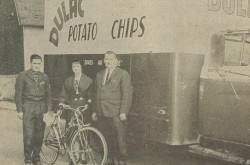
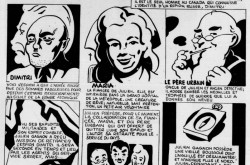
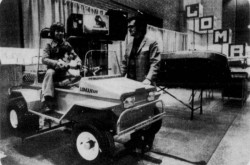
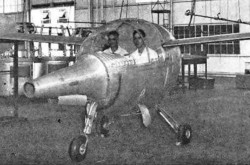
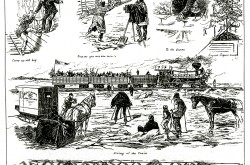
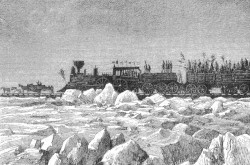
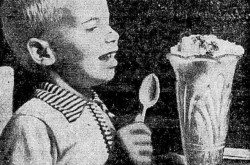
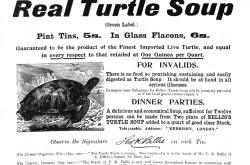
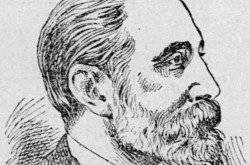
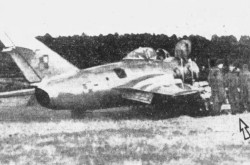
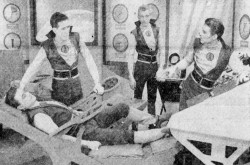
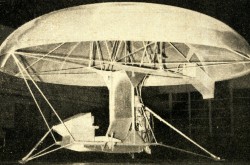
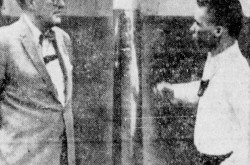
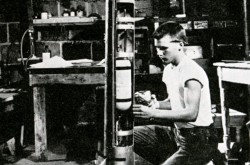
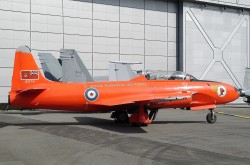
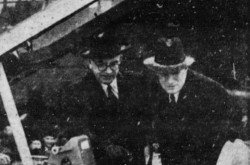
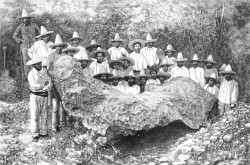
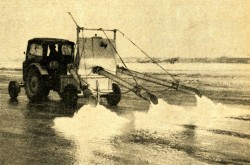
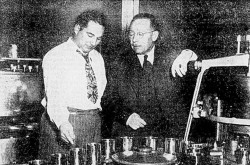
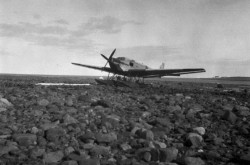
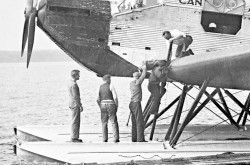
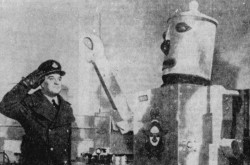
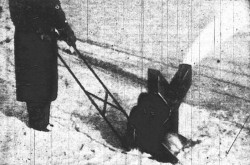
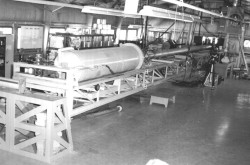
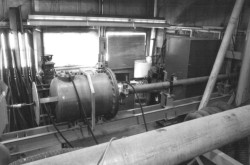
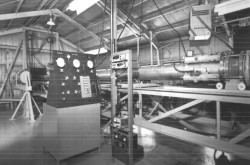
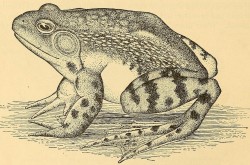
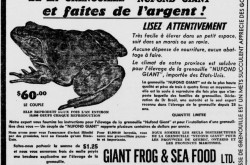
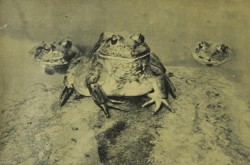
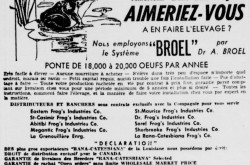
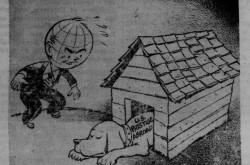
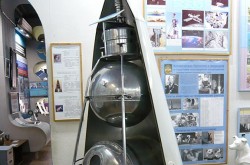
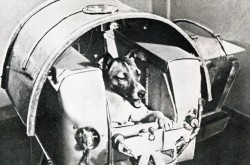
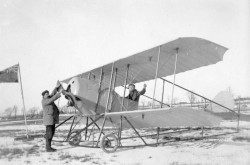
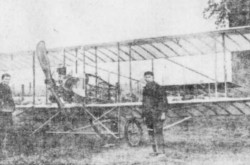
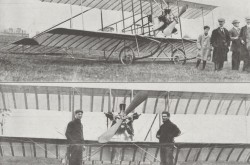
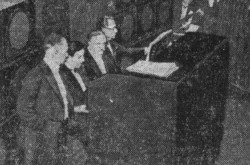
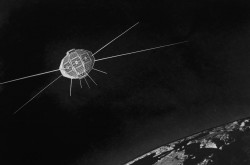
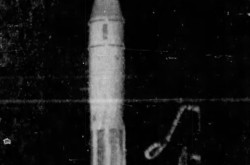
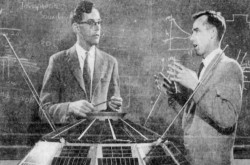
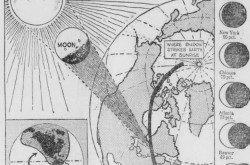



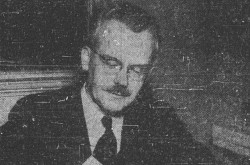
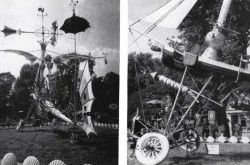
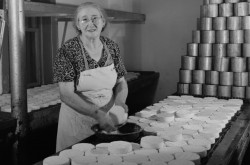
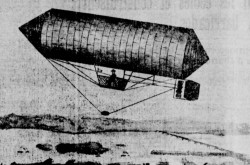
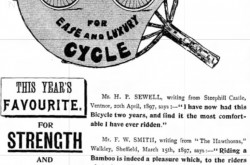
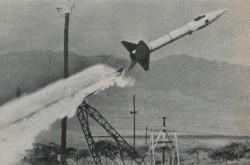
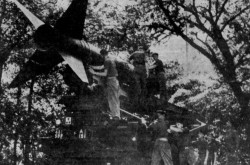
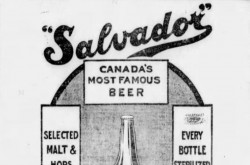

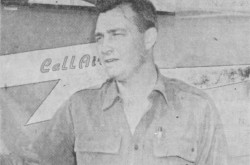
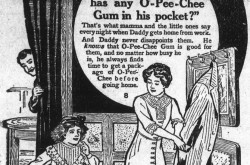
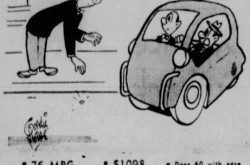
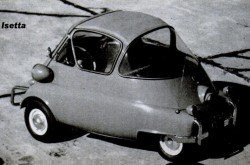
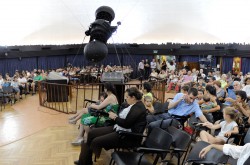
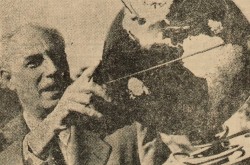
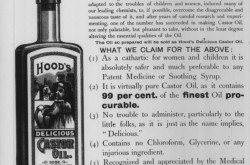
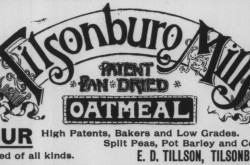
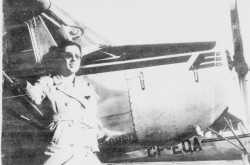
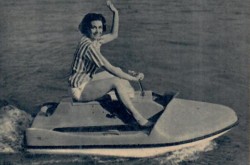

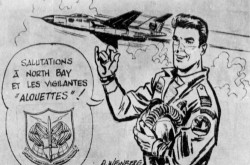
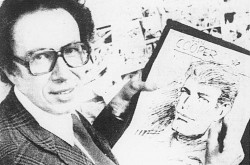
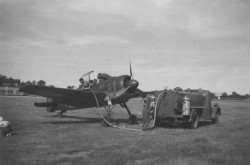

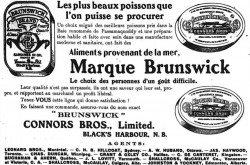


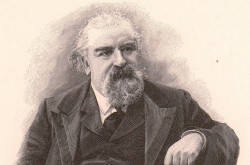
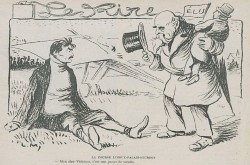
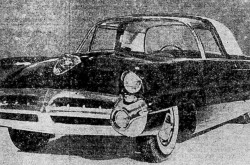
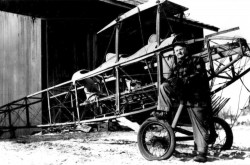
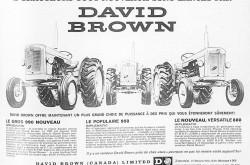
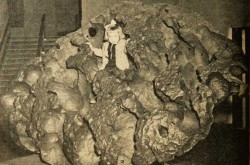
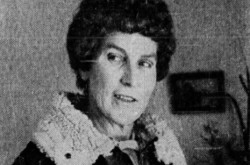
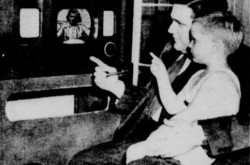
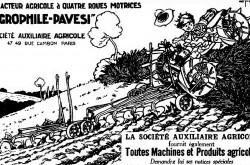
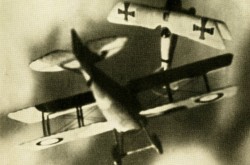
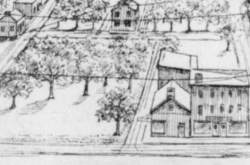
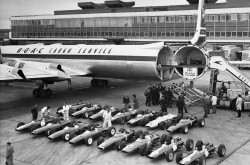
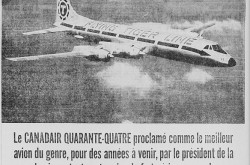
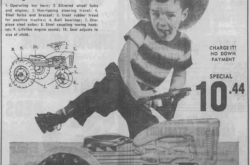
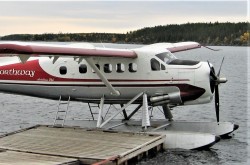
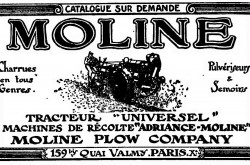
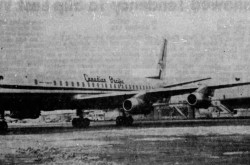
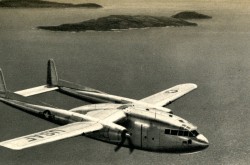
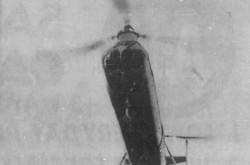

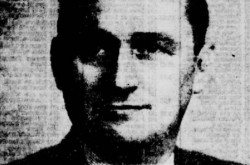
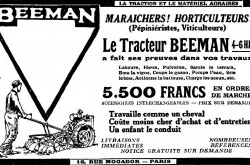
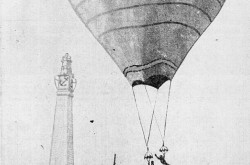

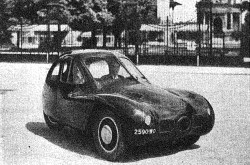
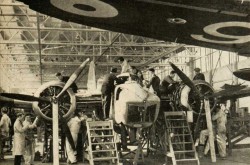
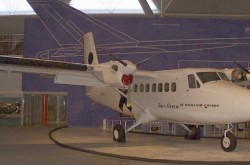
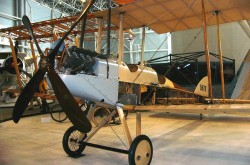
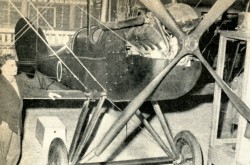

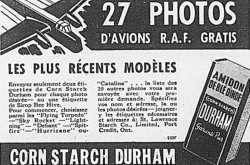

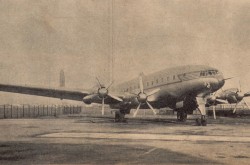
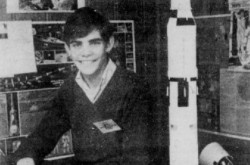
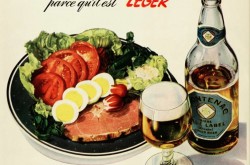
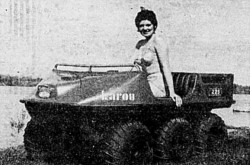
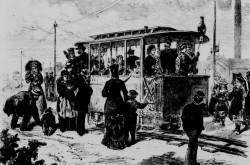
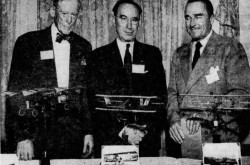
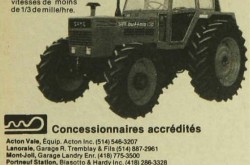
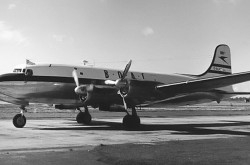
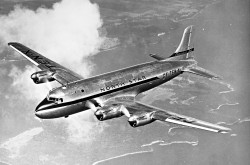
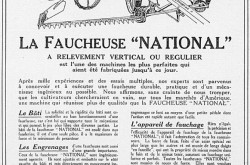
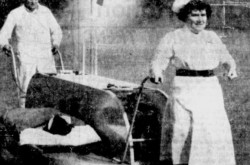
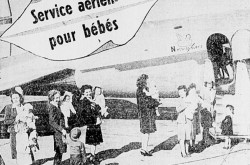
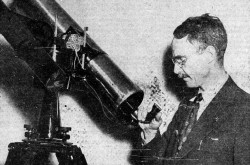
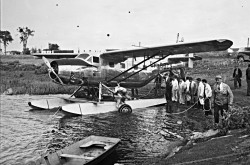
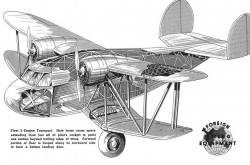
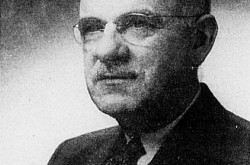
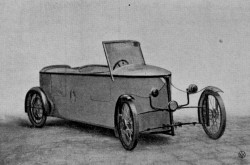
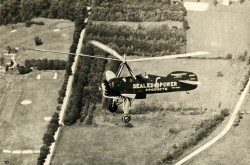
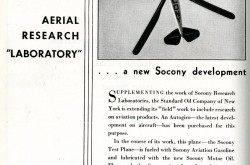
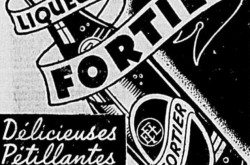
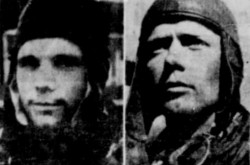
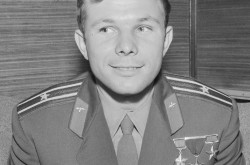
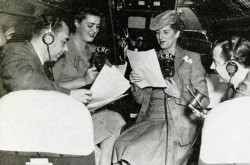
![Peter Müller at the controls [sic] of the Pedroplan, Berlin, Germany, March 1931. Anon., “Cologne contre Marseille – Le mystère du ‘Pédroplan.’ [sic]” Les Ailes, 2 April 1931, 14.](/sites/default/files/styles/thumbnail_7/public/2021-04/Les%20Ailes%202%20avril%201931%20version%20big.jpg?h=eafd0ed4&itok=WnBZ5gMf)
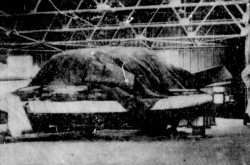
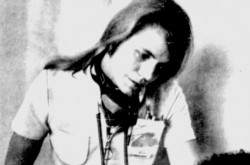
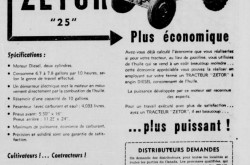
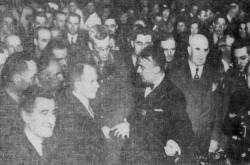
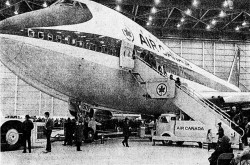
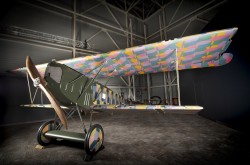
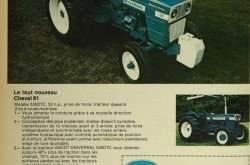
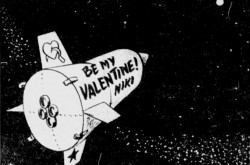
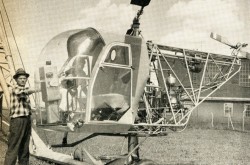

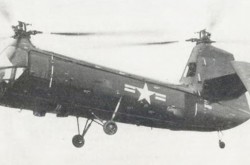
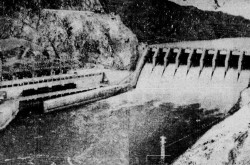
![One of the first de Havilland Canada Chipmunk imported to the United Kingdom. Anon., “De Havilland [Canada] DHC-1 ‘Chipmunk.’” Aviation Magazine, 1 January 1951, cover.](/sites/default/files/styles/thumbnail_7/public/2021-01/Aviation%20magazine%201er%20janvier%201951%20version%202.jpg?h=2f876e0f&itok=DM4JHe5C)
